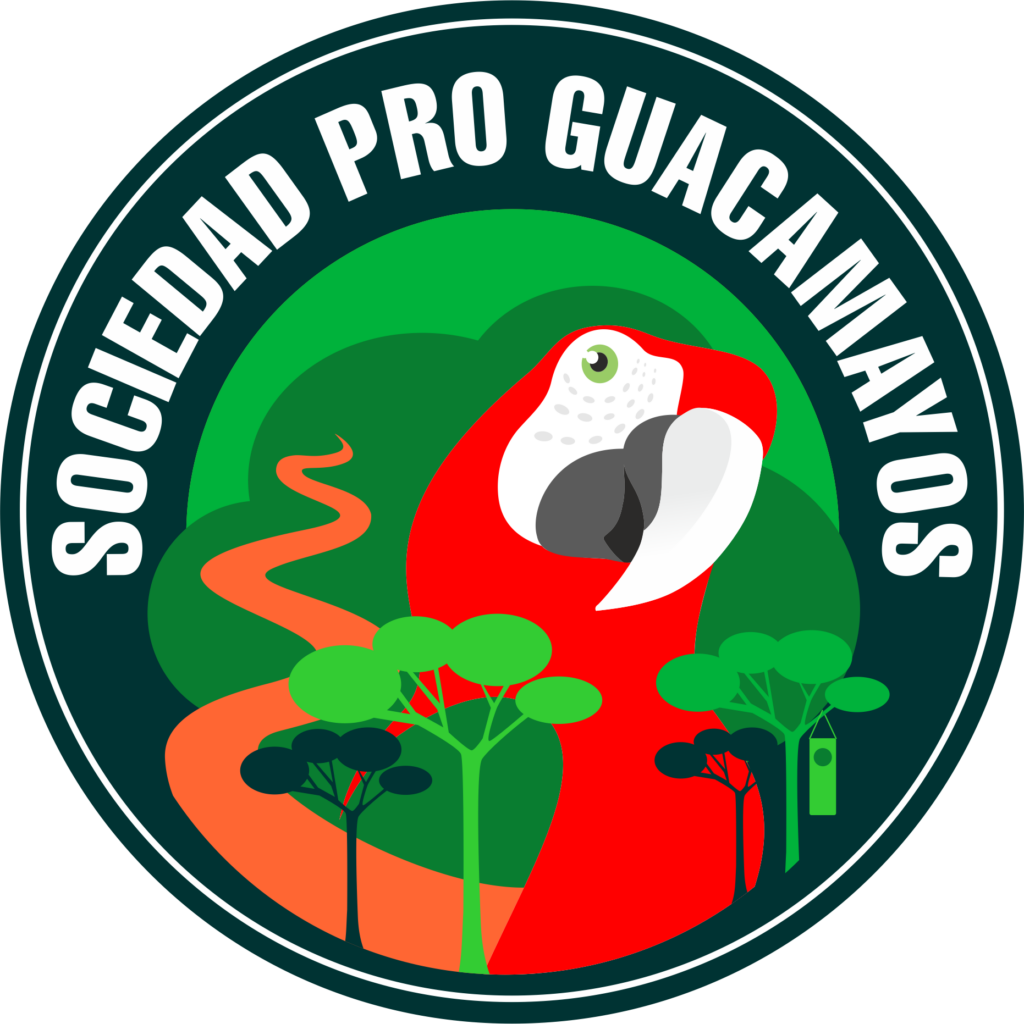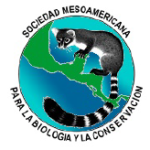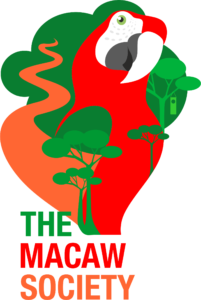
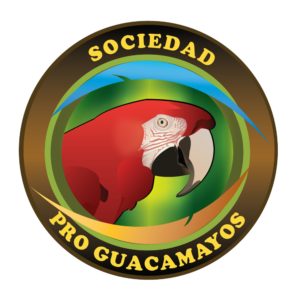
Due to their large size and great beauty, macaws are an excellent flagship species. They serve as charismatic focal points for the conservation of the ecosystems where they occur. Unfortunately, throughout most of tropical America, large macaws have suffered major population declines and many macaw species have become locally and globally endangered.
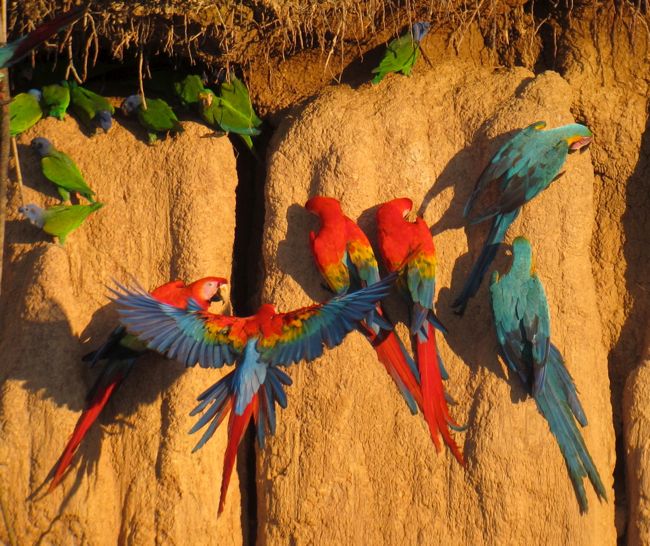
The Macaw Society (previously known as the Tambopata Macaw Project) is a long-term research study of the ecology and conservation of macaws and parrots that started in 1999. Lead by Dr. Donald J. Brightsmith and Dr. Gabriela Vigo-Trauco of the Schubot Center for Avian Health at the Texas A&M School of Veterinary Medicine & Biomedical Sciences (VMBS), it has switched its focus since 2020.
Dr. Brightsmith’s team was not the first one to work with macaws in the area. However, they were the first to collect scientific information that produced clear documentation of the natural history and ecology of the parrots and macaws in Tambopata—and make it available to the public. His team now ranks as one of the best in the world when it comes to macaw research and conservation.
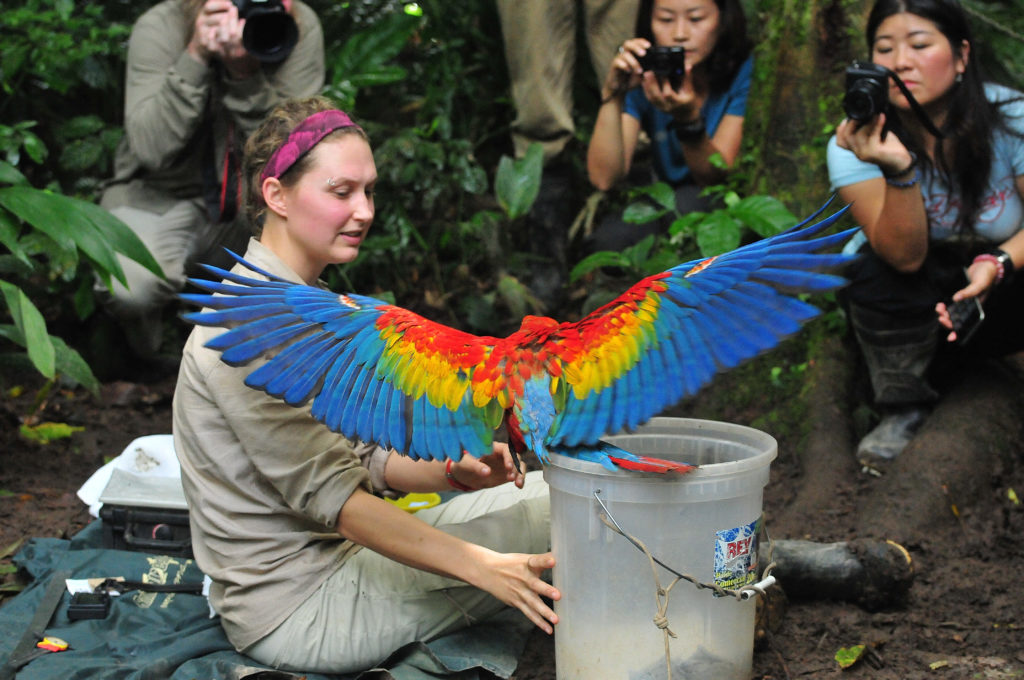
After documenting and publishing important baseline data, the mission of The Macaw Society is to efficiently use the information to direct conservation of the studied species in Peru—and in other locations where psittacines are declining and are at risk of extinction. Moving forward, it will operate with a more global perspective throughout the neotropics and work to establish new research alliances.
While The Macaw Society’s research base remains in the Tambopata region, it’s in a new location and no longer associated with eco-tourism companies. Collaborations will continue with the focus shifting to more advising of direct conservation and local action plans.
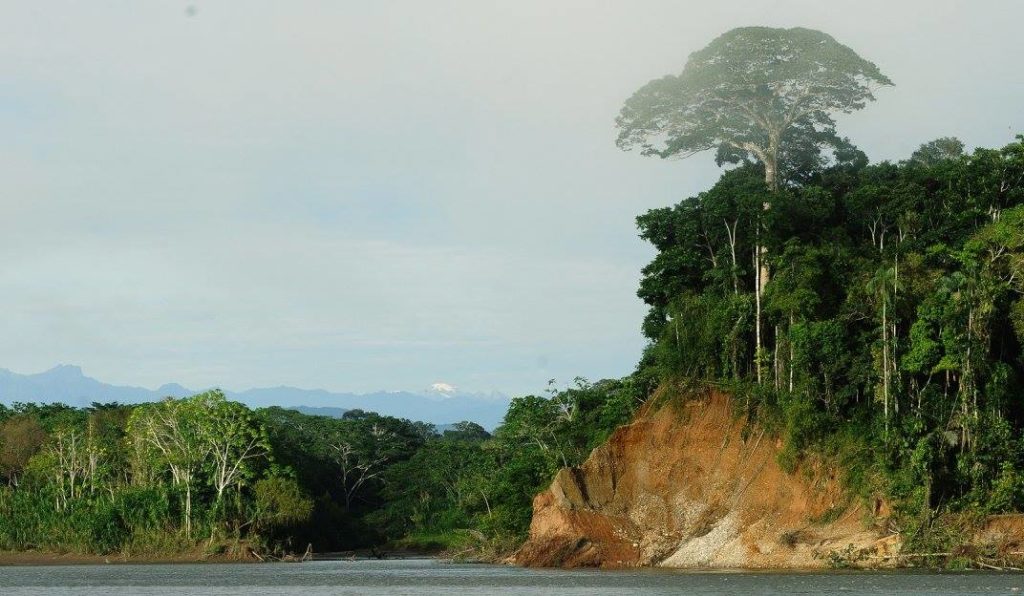
The Macaw Society News
The Macaw Society helped with the Annual cleaning and monitoring of the Colorado Claylick at Tambopata
Macaw chicks are about to fledge at Bosque Escondido, Costa Rica
These Scarlet macaw chicks are just about ready to fledge! They’re around 84 days old,…
Reintroduced Yellow-naped Amazon Spotted After Long Absence!
We recently spotted reintroduced Yellow naped Amazon #53 after nearly two months of absence! Released…
Learn More
Looking to partner with The Macaw Society or need more information?
Contact Us
Gabriela Vigo-Trauco, PhD
Co-Director | The Macaw Society
Postdoctoral Research Associate | Schubot Center for Avian Health
Email: gaby.vigo@themacawsociety.org or gvigotrauco@cvm.tamu.edu
Department of Veterinary Pathobiology
Texas A&M School of Veterinary Medicine & Biomedical Sciences
4467 TAMU | College Station, TX 77843-4467





